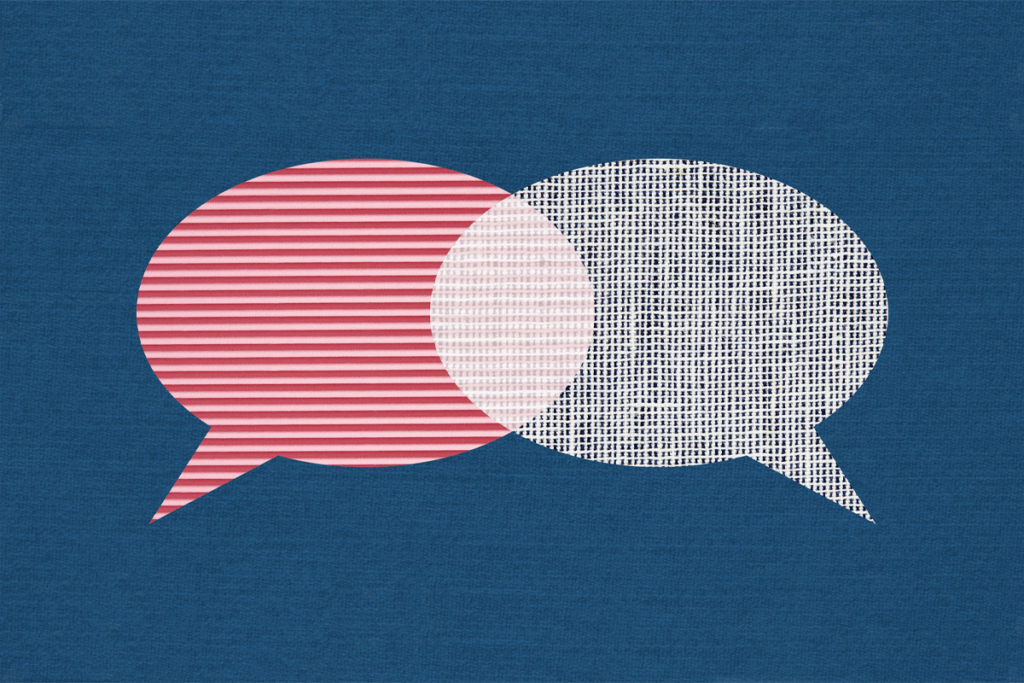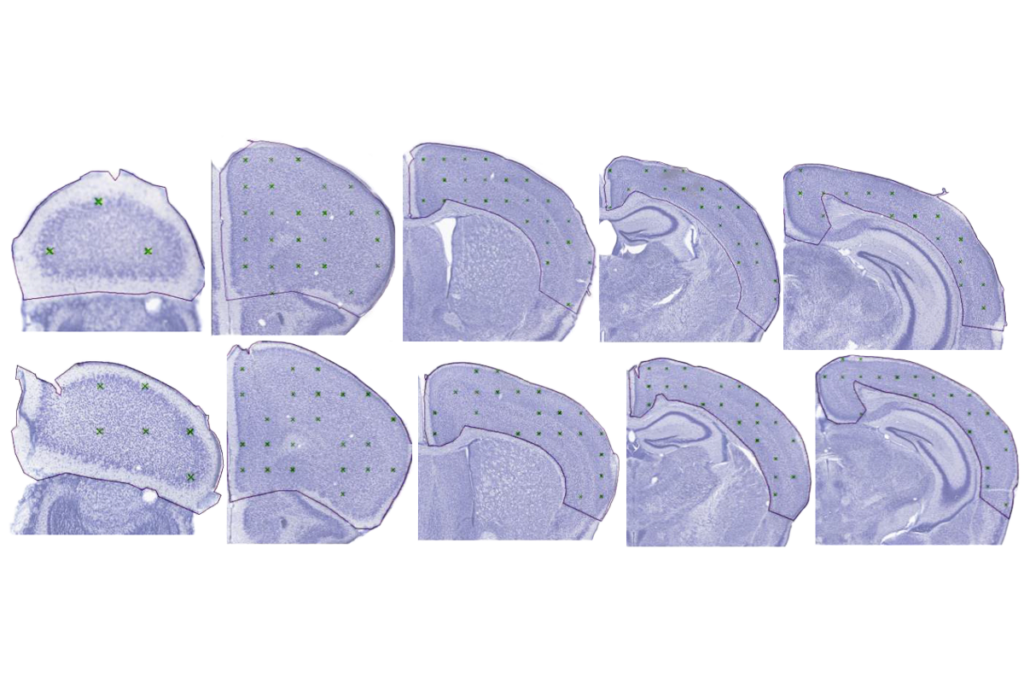Fine young neurons
The dogma in neuroscience used to be that after a certain age, the brain just didnʼt generate any new cells. But we now know thatʼs not true. There are certain triggers ― most notably, exercise ― that stimulate the growth of neurons. And for the first time, thereʼs an imaging technique that can be used to identify these young nerve cells in living human brains.
The dogma in neuroscience used to be that after a certain age, the brain just didnʼt generate any new cells. But we now know thatʼs not true. There are certain triggers ― most notably, exercise ― that stimulate the growth of neurons. And for the first time, thereʼs an imaging technique that can be used to identify these young nerve cells in living human brains.
In the 9 November issue of Science, researchers at Stony Brook University in New York describe how magnetic resonance spectroscopy, based on one of the oldest techniques in chemistry, can be applied to identify neural progenitor cells ― which can go on to develop into neurons.
Dozens of diseases, including depression, Alzheimerʼs and Parkinsonʼs diseases, are associated with the death of neurons in certain parts of the brain. Being able to track whether and where new nerve cells are being generated could be a boon for research on these diseases. More relevant to our discussions here, it could also help monitor the developing brains of young children at particular risk for autism, cerebral palsy and other disorders.
Using this technique in 11 healthy adults, for example, the researchers showed that the hippocampus seems to have more neurogenesis than the cortex. They also showed that the number of progenitor cells decreases as we age. Once this technique is validated by other teams, it will be interesting to see what other windows it can open into the living brain.
Recommended reading
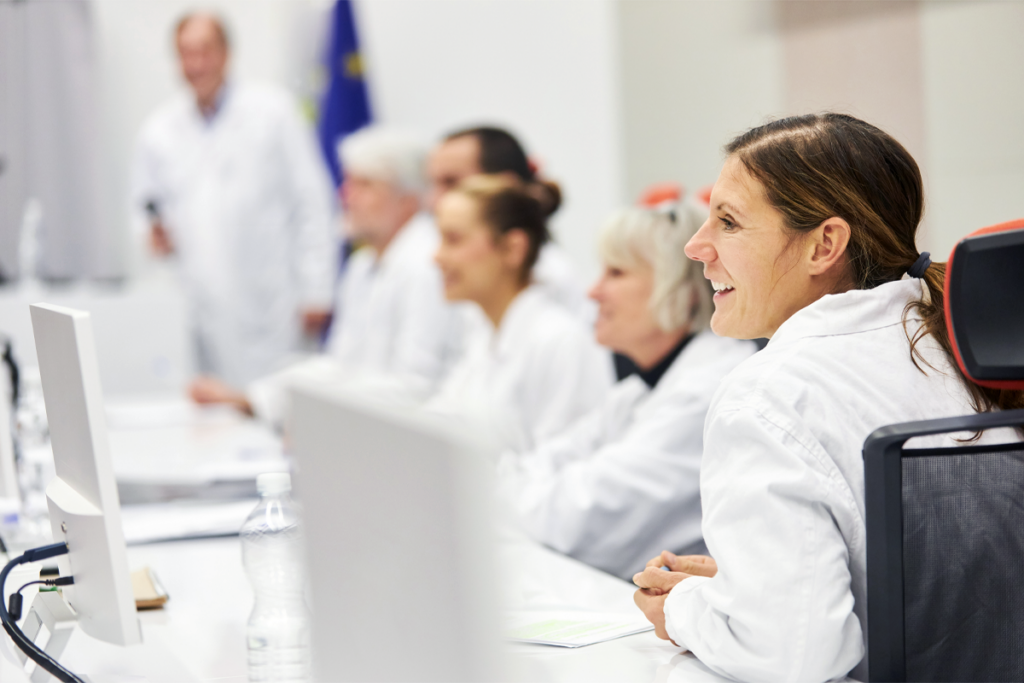
INSAR takes ‘intentional break’ from annual summer webinar series
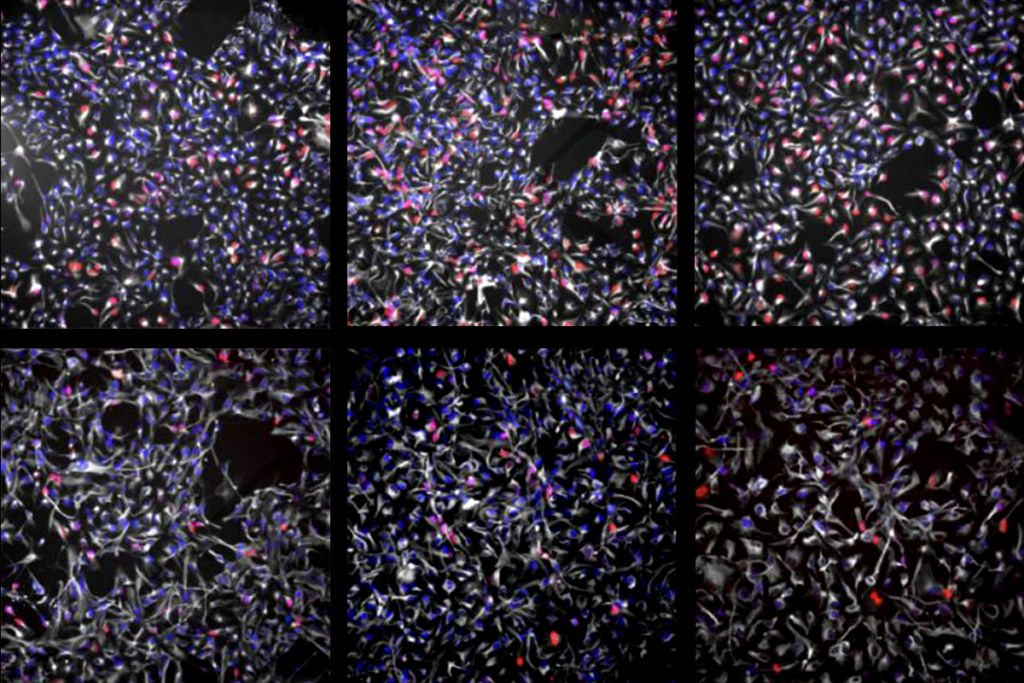
Dosage of X or Y chromosome relates to distinct outcomes; and more
Explore more from The Transmitter
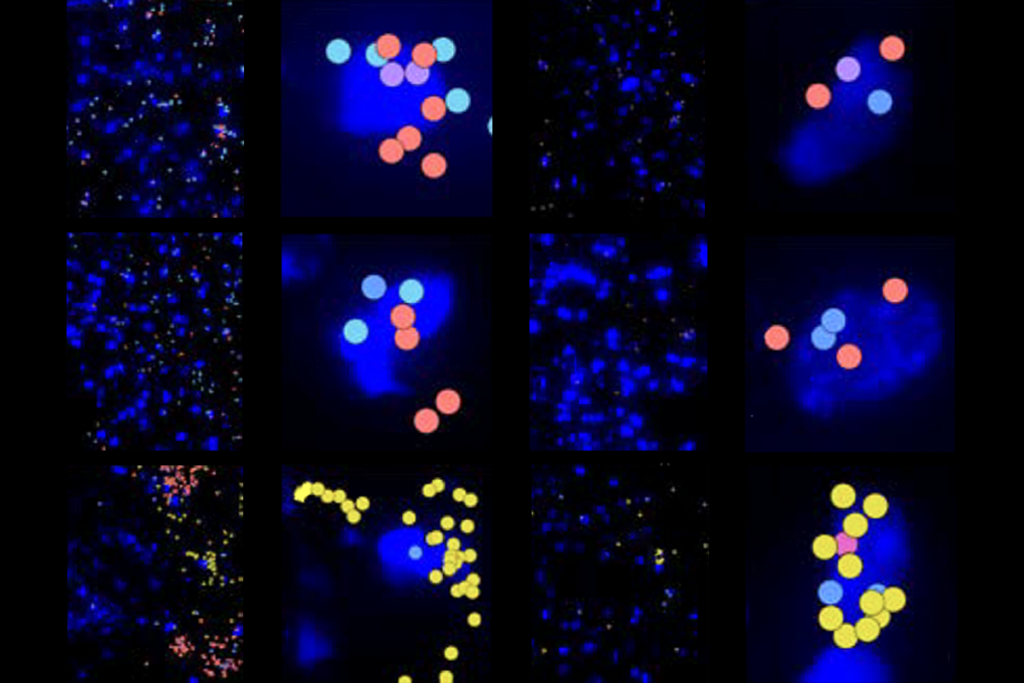
Machine learning spots neural progenitors in adult human brains
Xiao-Jing Wang outlines the future of theoretical neuroscience
